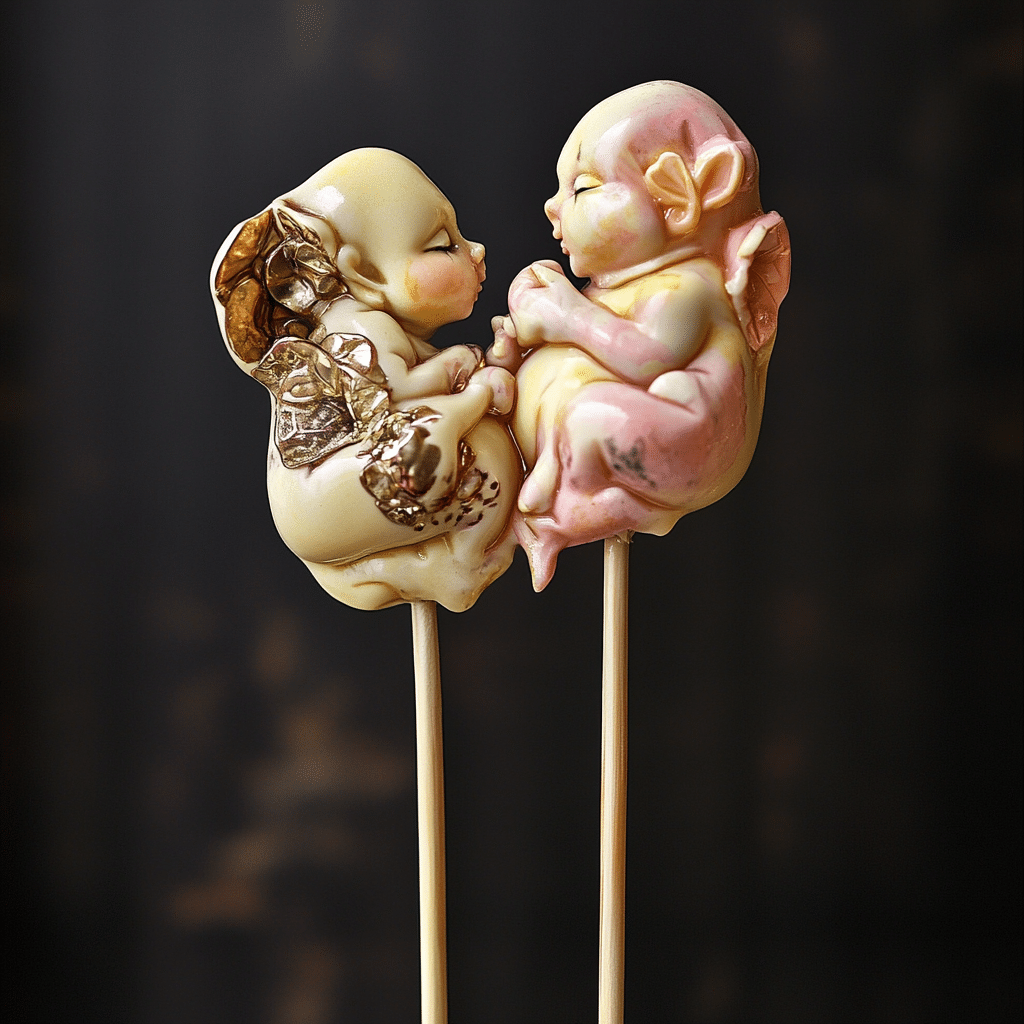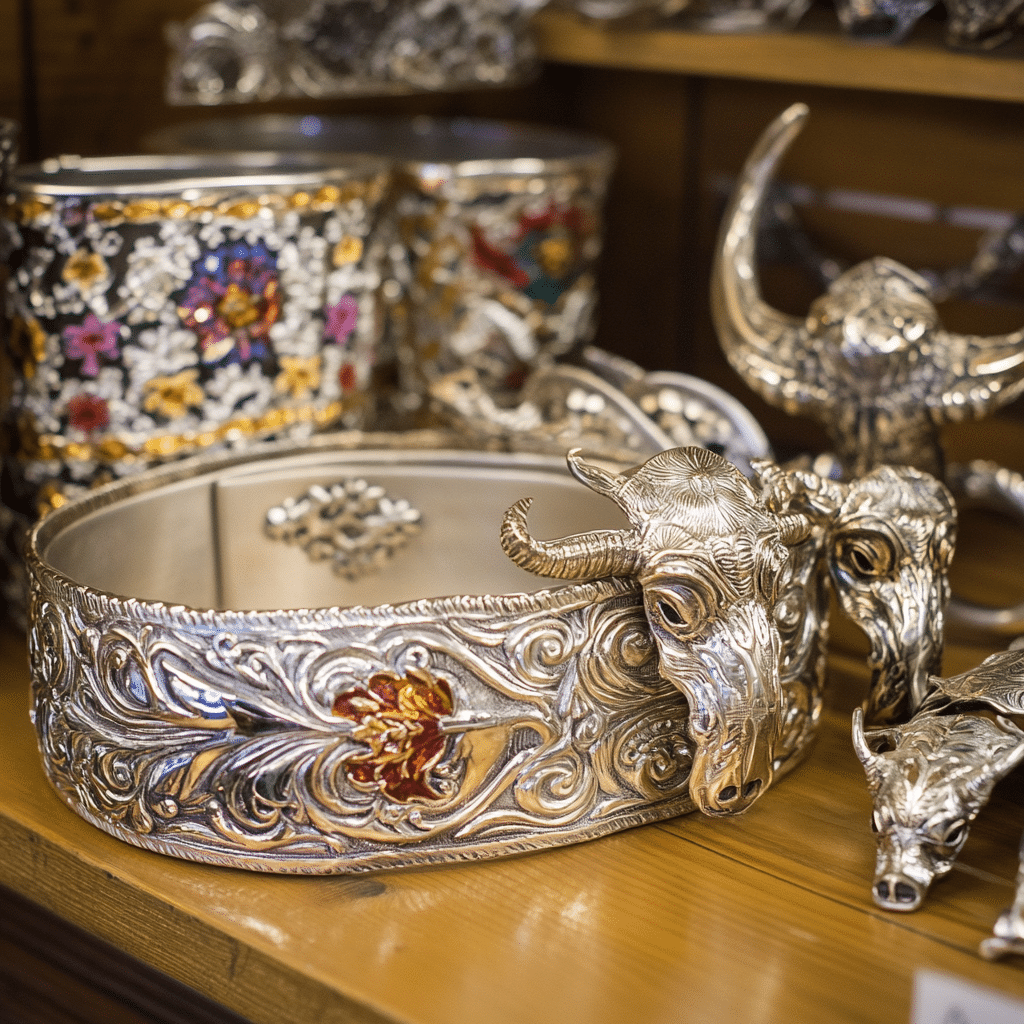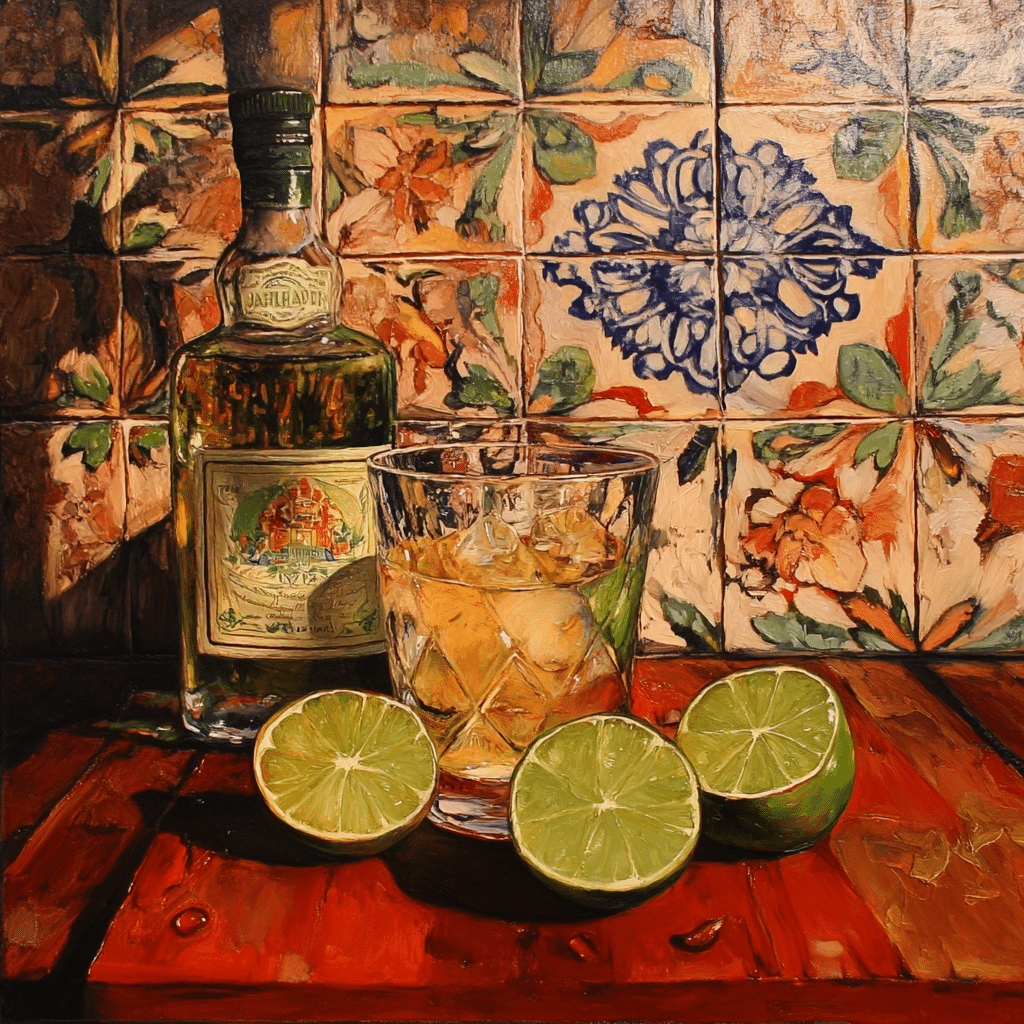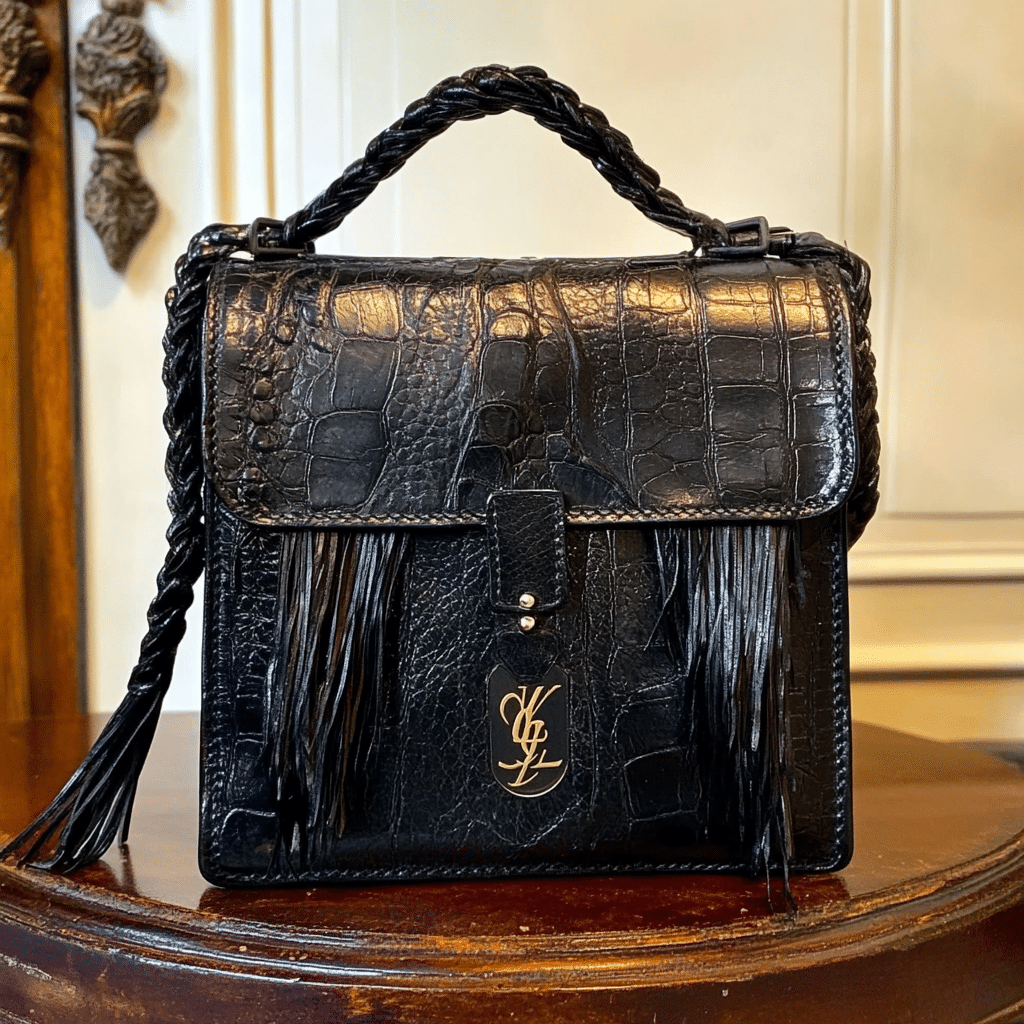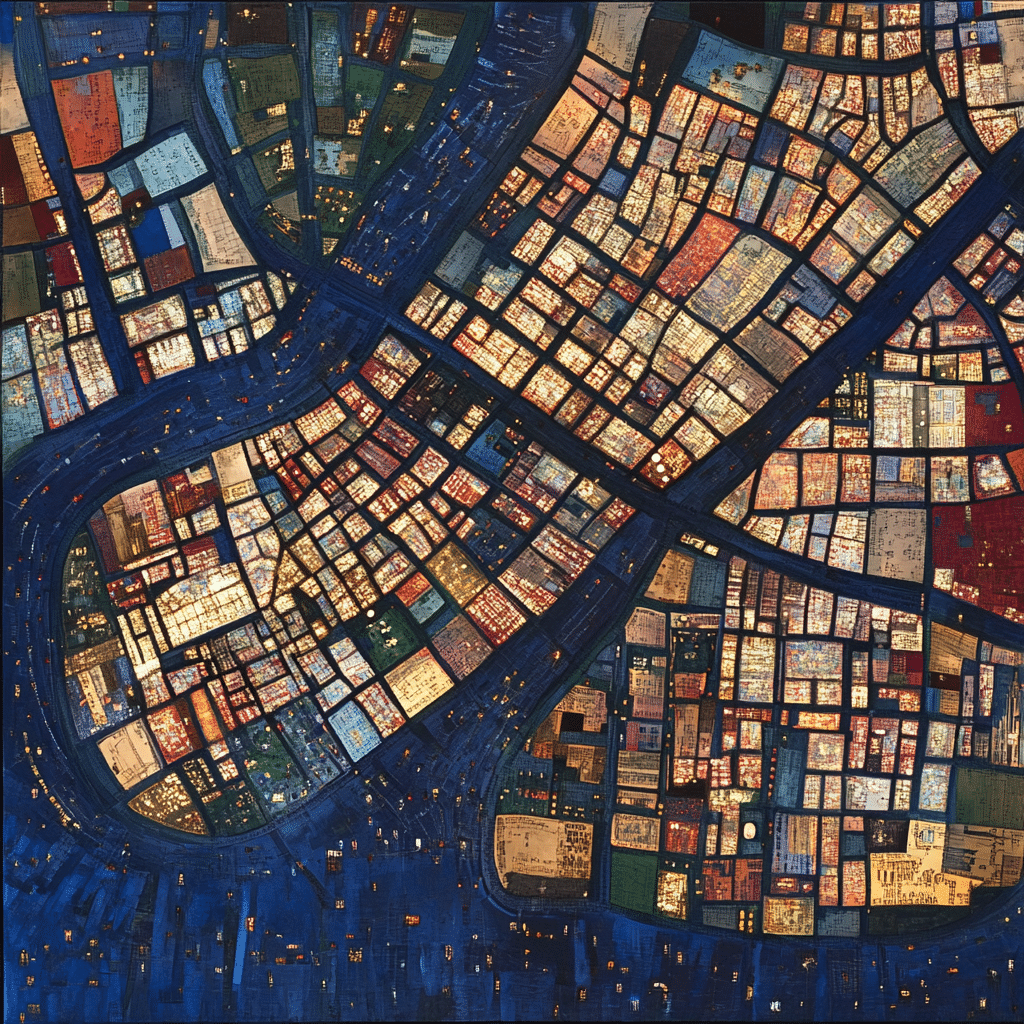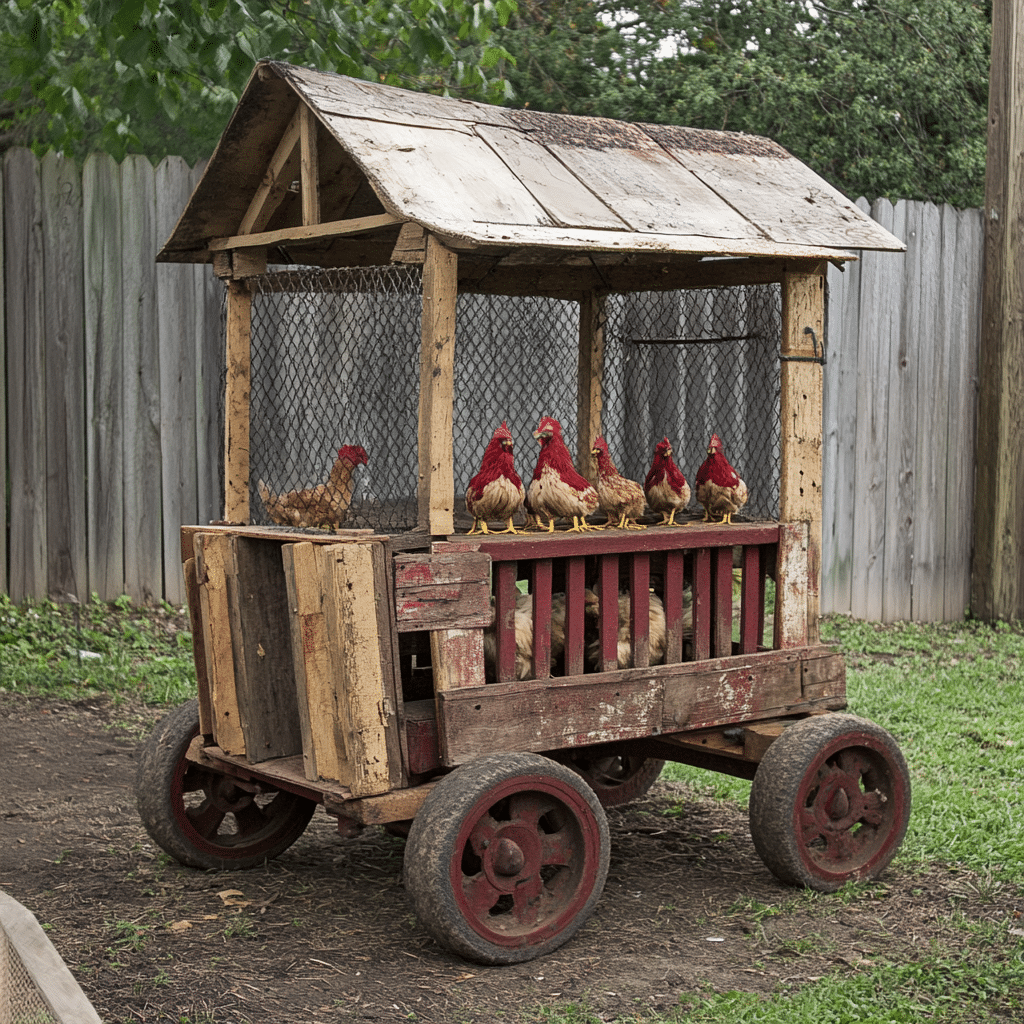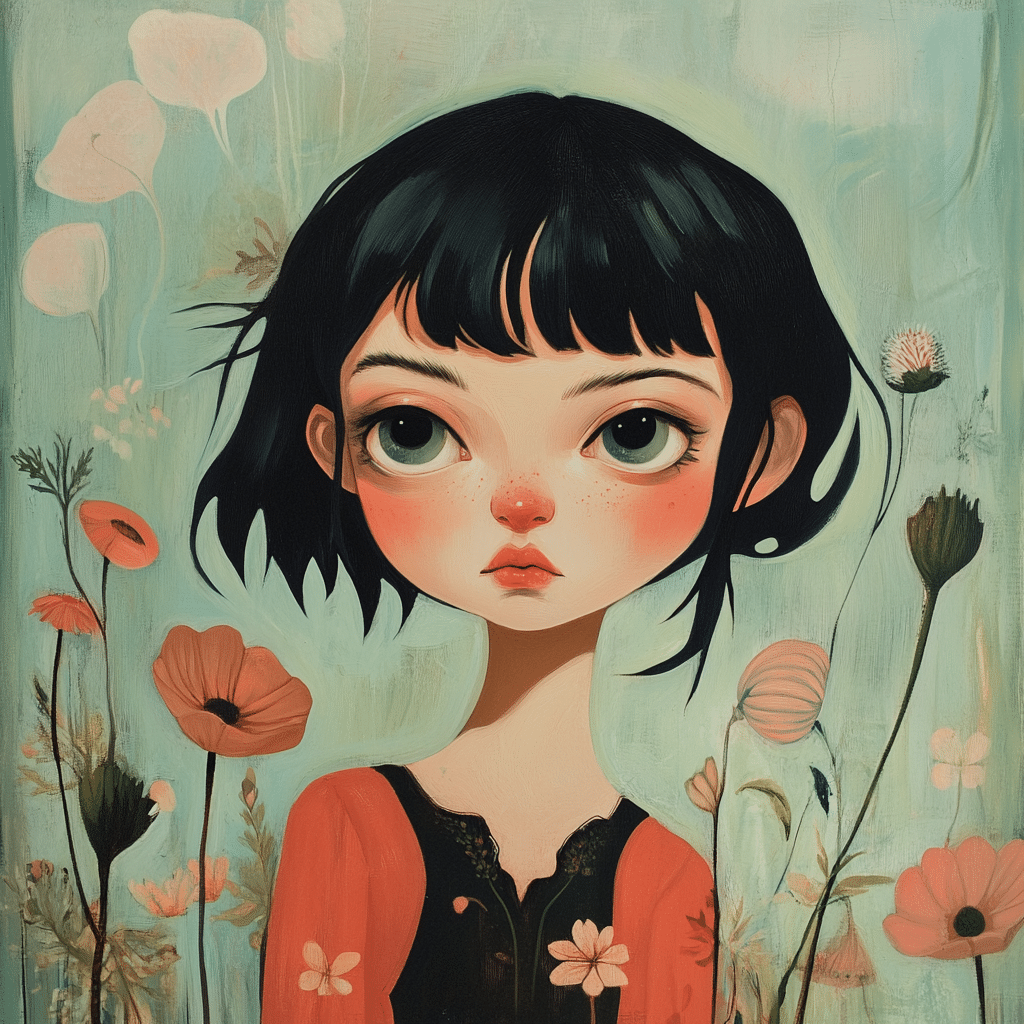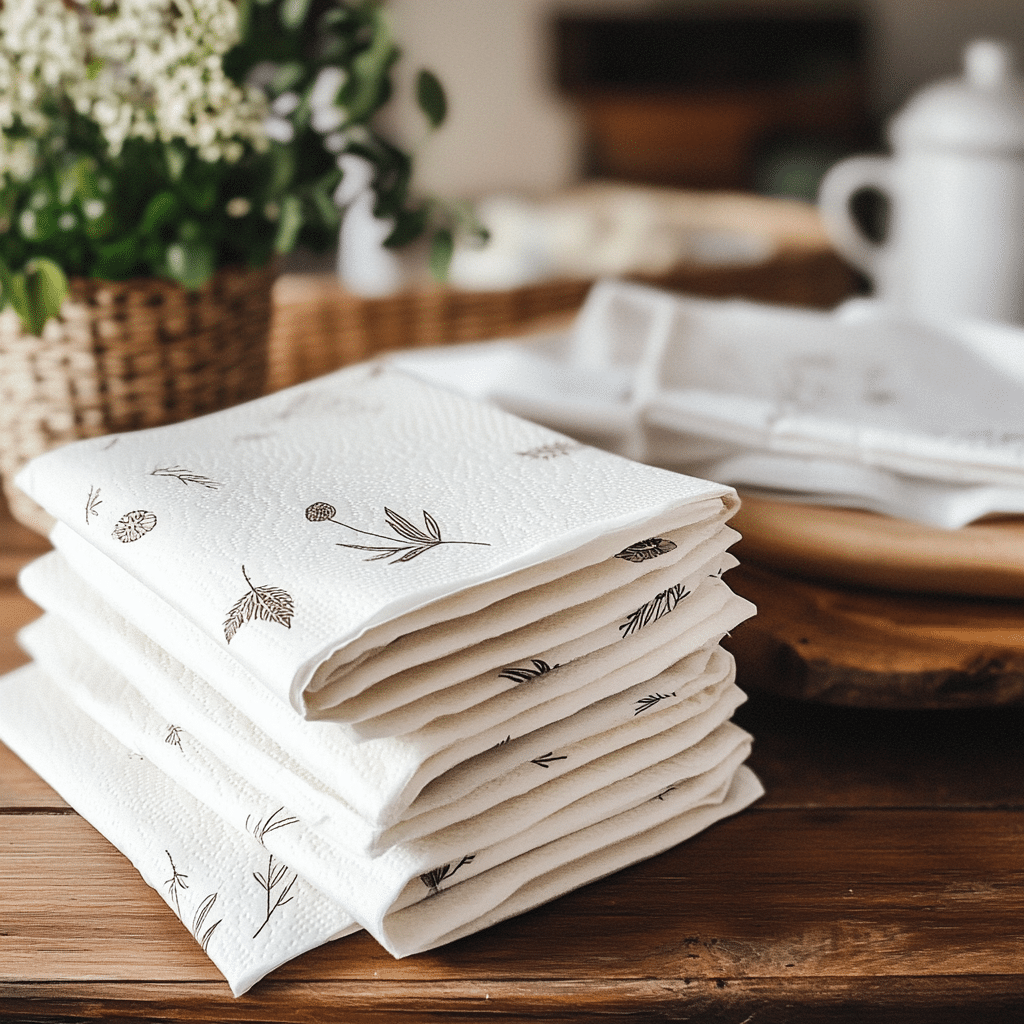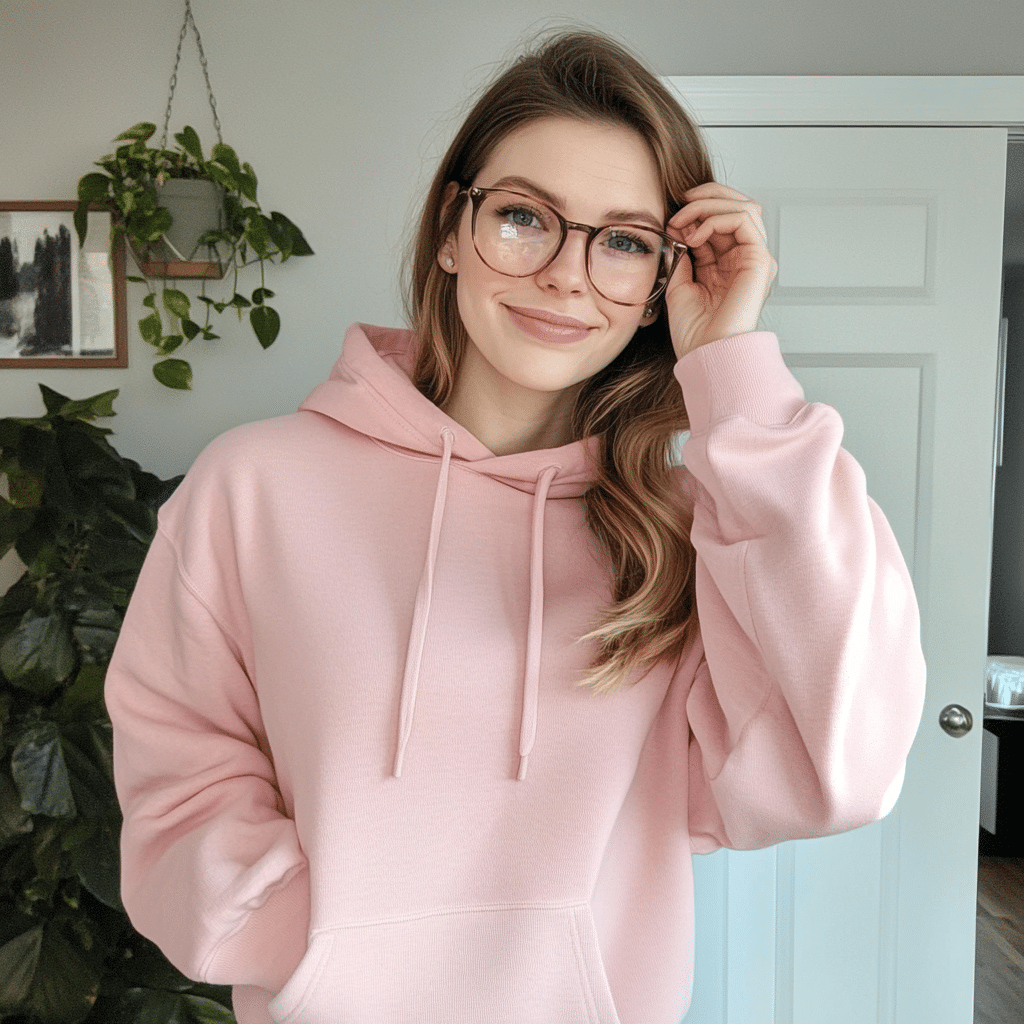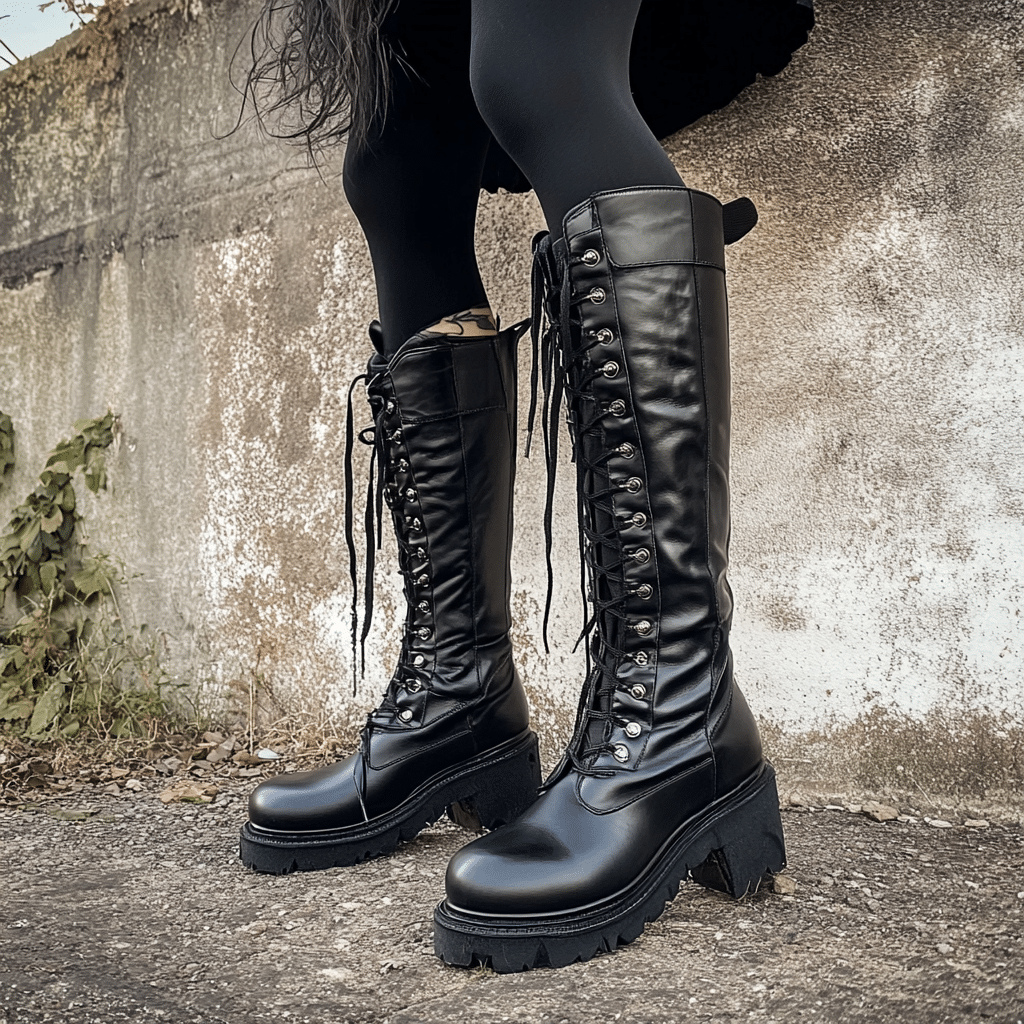Tassels have woven themselves into the fabric of history, culture, and identity across generations and societies. These dangling ornaments, made by grouping together threads of equal length, serve more than just an aesthetic purpose. Throughout time, tassels have been symbols of status, artistry, and craftsmanship. From ancient royal garments to modern fashion accessories, the evolution of tassels shows how a simple decorative element has influenced cultures globally. Let’s dive deep into this fascinating world of tassels and explore their rich story!
The Cultural Significance of Tassels: A Woven History
Tassels have adorned clothing, home decor, and accessories for centuries, telling tales of cultural heritage and craftsmanship. They often symbolize various attributes—whether it’s wealth, power, or even spirituality—making them much more than mere adornments. Wherever you look, you’ll discover how tassels encapsulate the spirit of the people and traditions that utilize them. For ambitious entrepreneurs and creatives, understanding the significance of tassels could inspire innovative ways to weave them into modern creations.
The artistry involved in creating tassels can vary from one culture to another, but the essence remains the same: a symbol of identity. Anyone who’s experienced the pride of wearing or creating something that tells their story can relate. Tassels not only enhance the visual appeal of items but also connect individuals to their cultural roots.
Given their historical gravitas, tassels have become a focal point for showcasing intricate craftsmanship. Traditional artisans around the globe employ unique methods and materials in their creation. This craftsmanship embodies the stories and identities of the communities involved, making tassels a living testament to heritage.
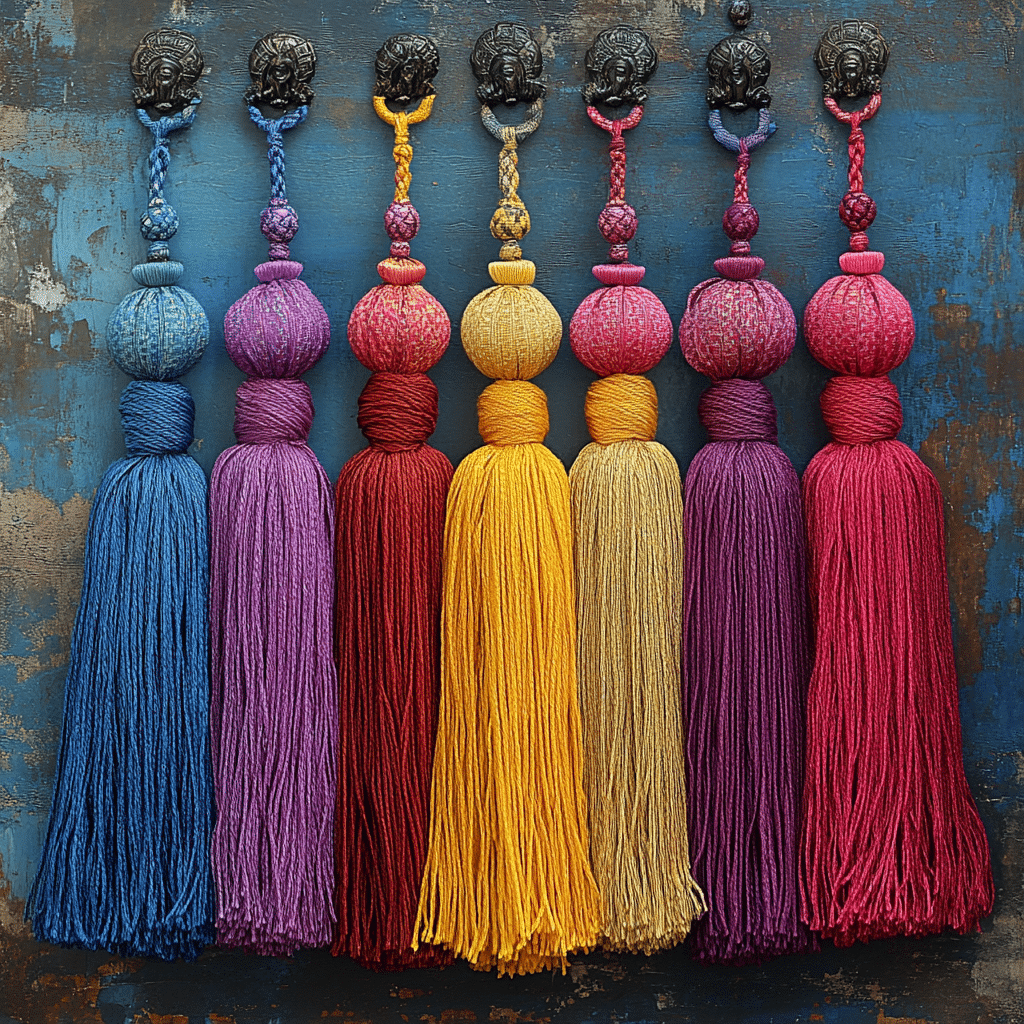
Top 7 Iconic Uses of Tassels Throughout History
Let’s explore some iconic uses of tassels across different eras and cultures.
Ancient Egyptians were known for their exquisite use of tassels, especially in royal regalia. These vibrant adornments indicated social standing, often embellished with materials like gold or dyed thread. Royals wore finely detailed tassels on their garments, reflecting their connection to divinity. The intricate tassel work on burial shrouds exemplifies this cultural devotion, signaling the prominent role of tassels in life and afterlife.
Fast forward to the medieval era, and tassels became a key feature in aristocratic wardrobes. Nobles frequently donned tassels on their caps and cloaks, a proud emblem of their lineage. The traditional Scottish kilt, which carries on its legacy today, features distinctive fringing tassels that denote clan identity. Brands like Harris Tweed pay homage to this heritage, celebrating historical tartan patterns adorned with decorative tassels.
In Asia, tassels are ingrained in many cultures. Chinese knots, often adorned with red tassels, symbolize good fortune and prosperity. Indian tradition also embraces tassels, incorporating them into numerous ceremonial garments. Modern brands like ALEXANDER WANG elegantly blend these traditional elements into contemporary designs, showcasing that the cultural significance of tassels still resonates today.
The 1920s flapper movement introduced tassels into Western fashion like never before. Dresses and headpieces adorned with tassels embodied freedom and exuberance. Today, luxury brands like Gucci and Versace continue this tradition, melding playful tassel designs into their runway collections. By reviving historical motifs, these brands remind us of tassels’ transformative power in fashion.
In contemporary interior design, tassels are back—this time as a trendy addition to curtains, cushions, and upholstery. Designers like Jonathan Adler incorporate tassels into modern, geometric patterns, marrying old-world charm with contemporary flair. They remind us of the timeless nature of tassels and how they can breathe life into any space.
In academia, tassels hold a special place. They’re part of graduation caps, with colors representing various fields of study—black, for instance, often indicates a master’s degree. Institutions like Harvard University underscore the significance of tassels in celebrating academic achievements, making them a memorable part of graduation ceremonies.
The resurgence of bohemian fashion has drawn tassels into the realm of modern accessories. Handbags, jewelry, and footgear adorned with tassels are trendy, particularly among brands like Free People and Anthropologie. These brands take the historical significance of tassels and mix it with contemporary aesthetics, creating a beautiful fusion of past and present.
The Craftsmanship Behind Tassels: A Look at Artisanal Techniques
The meticulous art of tassel-making varies widely from region to region. This labor of love often involves age-old techniques that craftsmen have handed down through generations. Materials like silk, cotton, and wool weave into stunning tassels that stand as testaments to their creators’ skills.
In Rajasthan, India, artisans fashion handmade tassels that embellish traditional garments. Each piece is not merely crafted; it’s a representation of the artisan’s legacy and cultural background. By integrating craftsmanship into commerce, entrepreneurs can tap into a growing market of consumers who crave authenticity and the backstory of handmade goods.
As consumers become more conscious about their purchases, there’s a surge of interest in artisanal products that boast historical significance. Tassels are more than trendy accessories; they symbolize rich heritages and foster appreciation for craftsmanship.
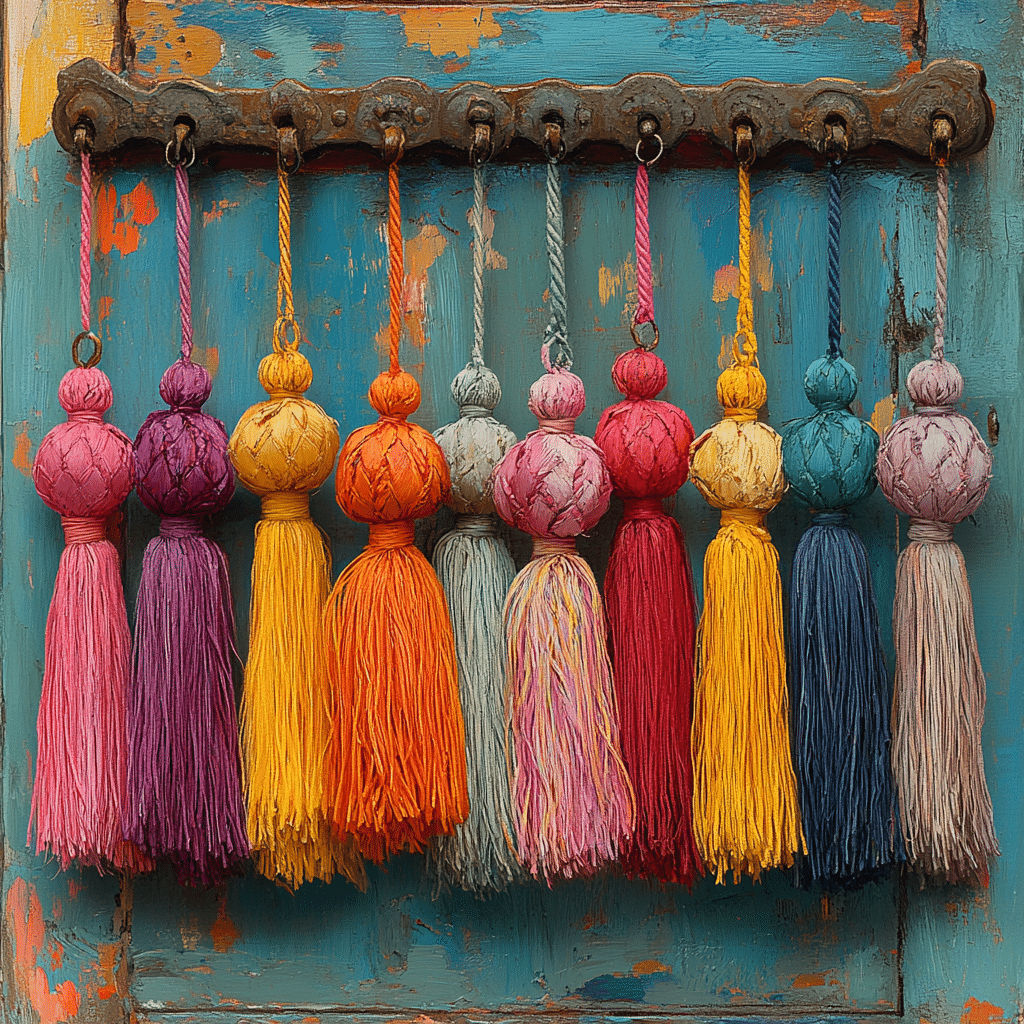
The Future of Tassels: Modern Innovations and Sustainability
Tassels aren’t just a relic of the past—they’re staging a comeback, especially in innovative and sustainable fashions. The current generation of designers is pushing boundaries, making eco-conscious choices while embracing timeless aesthetics. Brands like Stella McCartney lead the charge with sustainable tassels crafted from ethically sourced materials.
As discussions around sustainable fashion grow louder, it’s crucial for creators to rethink why tassels matter in today’s world. They can spark conversations about identity, heritage, and social responsibility. By merging old-world charm with modern sensibilities, tassels create bridges that connect the past with a more thoughtful future.
The tapestry of history surrounding tassels weaves a narrative rich in identity, artistry, and cultural legacy. As they continue to evolve within modern contexts, tassels will remain vital in symbolizing stories that resonate across generations. Whether worn, used in home decor, or embraced as a symbol of achievement, tassels will inevitably remain woven into the fabric of our lives. Embrace the journey of tassels—their significance transcends eras and challenges creators and consumers alike to honor the craftsmanship and artistry that they embody.
So, the next time you see a tassel, don’t just look—feel the weight of history and significance that it carries along with it!
Tassels: A Tapestry of Fun Trivia and Cultural Significance
Tantalizing Tidbits About Tassels
Tassels have been around for eons, playing diverse roles in fashion, home decor, and even athletics. Historically, they symbolized prestige and rank in many cultures. Did you know that the Croatian national football team, adorned with tassels on their uniforms, made history during a dramatic match against Brazil? You can catch a detailed look at that game in the timeline here. This vibrant accessory isn’t just about aesthetics; it’s also steeped in tradition and history.
Speaking of fashion, the rise of tassels in casual wear is hard to miss. Nowadays, they jazz up everything from skirts to accessories. Millennials and Gen Z are all about that playful vibe, evident in brands like Forever 21. If you’re on the lookout for some trendy pieces, checking forever 21 near me can unleash a world of trendy tassel embellishments. Plus, these fun accessories can give any outfit that flirty flair that just says,Look at me!
Cultural Significance Beyond Fashion
Tassels also find their way into cultural and ceremonial attire. For instance, they play a crucial role in graduation robes, symbolizing achievement and new beginnings. It’s fascinating to see how tassels bridge the gap between the past and present. In pop culture, they’re even linked to cool artists like Yusuke Urameshi, who might not have tassels in his anime getup, but he certainly embodies that fighting spirit—something we all admire! Plus, if you’ve been exploring new fashion trends, diving into collections that feature vintage graphic Tees can show how tassels can add historical flair to modern ensembles.
One cannot overlook the role of tassels in representing femininity and elegance. From the classic hair bonnet styles that complement traditional garments to the dazzling costumes on stages worldwide, tassels appeal to a wide audience. This rich symbolism extends to celebrations and parties, where they add glam and pizzazz. For instance, if you’re finding spots to experience the vibe of the Caliente Cartel, don’t forget that tassels could be your new dance partner! They create a festive atmosphere that’s as inviting as it is vibrant.
Tassels truly encapsulate a rich tapestry of cultural significance, making them a delightful topic for trivia lovers and fashion enthusiasts alike. So, the next time you rock a tassel, remember it’s not just a cute accessory; it’s a piece of history you’re wearing!
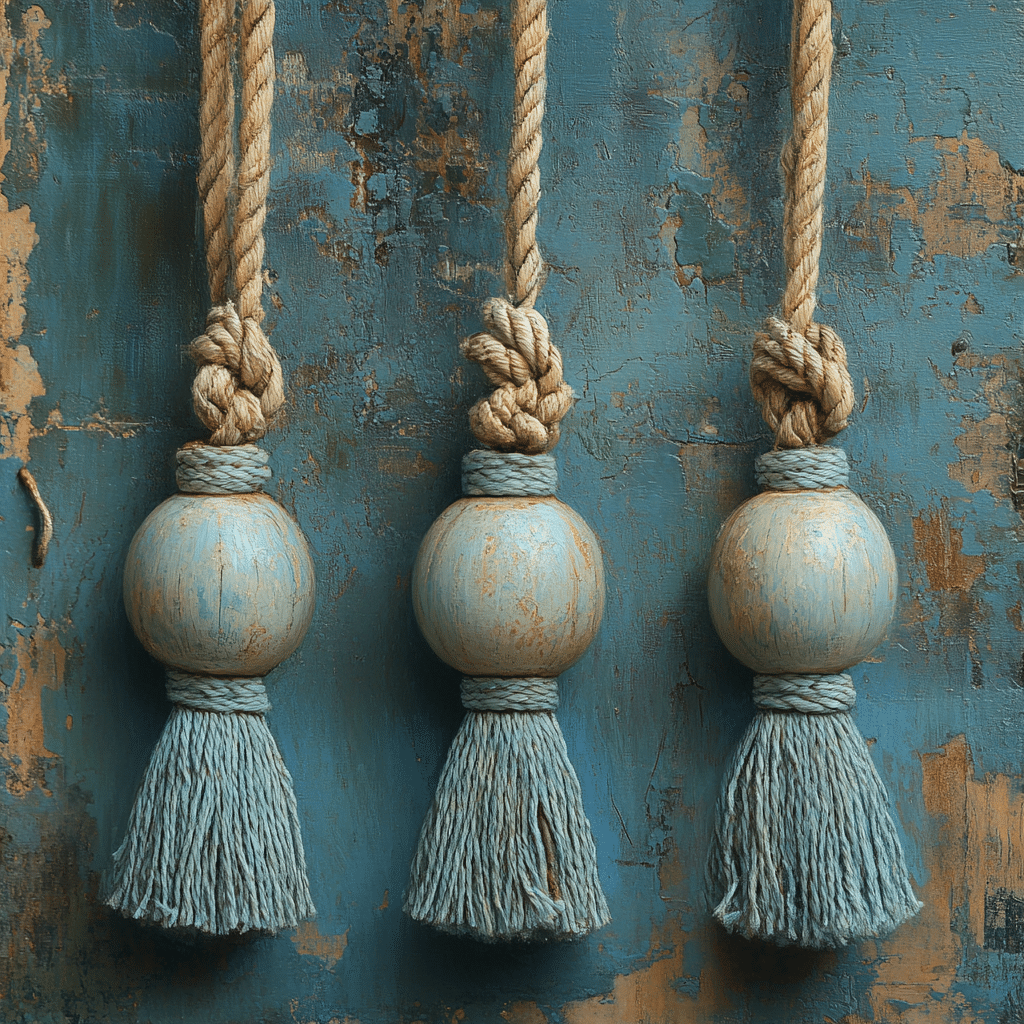
What is the meaning of tassels?
Tassels are those dangling ornaments made from a bunch of threads or cords, often seen on clothing and other items, adding a decorative touch. They can also refer to the flower cluster seen at the top of corn plants, representing the male inflorescence.
What was the purpose of tassels?
The purpose of tassels has varied over time. They were used to adorn clothing and signify status, especially in military or religious contexts, helping to distinguish different ranks or roles. In Biblical times, they served as reminders of commandments and cultural identity for the Israelites.
What are tassels used for in the Bible?
In the Bible, tassels are used as a physical reminder of laws and obligations that the Israelites were to follow. They acted as a cultural symbol and were meant to reinforce the community’s commitment to their faith.
Are tassels male or female?
Tassels are typically associated with the male flowers of plants, such as corn, while the female flowers are represented by the ear shoots that develop into the corn itself.
What is the spiritual meaning of tassels?
Spiritually, tassels symbolize reminders of spiritual commitments and connecting with one’s faith. They serve as tangible representations of beliefs and commitments one holds dear.
What are tassels on body signing?
In body signing, tassels can be seen as decorative elements, often used in practices that involve personal expression and spirituality, illustrating one’s beliefs or traditions.
Can Christians wear tassels?
Yes, Christians can wear tassels, especially when they choose to incorporate them into their attire to reflect their faith or traditions that are meaningful to them.
What is the symbol of the tassel?
The symbol of the tassel is rich with meaning, often linked to reminders of faith, heritage, and adherence to spiritual teachings, especially in a religious context.
Do tassels have a purpose?
Tassels certainly have purposes! Besides decorative use, they can represent identities, beliefs, and connections to cultural or religious traditions.
What do the tassels mean in Hebrew?
In Hebrew culture, tassels are associated with specific commandments and serve as reminders of one’s identity and duties within the faith community.
Why did Matthew have prayer tassels?
Matthew likely had prayer tassels to adhere to religious customs and to physically represent his commitment to prayer and observance of the commandments.
What does hem mean spiritually?
The hem can be spiritually significant, symbolizing boundaries and the importance of keeping one’s life aligned with spiritual values and teachings.
Are tassels religious?
Tassels have religious significance, particularly in Judaism, where they are seen as expressions of faith and reminders of divine commandments.
What are the point of tassels?
The point of tassels is to serve as a visual and tactile reminder of one’s beliefs and obligations, helping to link the material and spiritual realms.
Why is it called an ear of corn?
It’s called an ear of corn because it refers to the part of the plant that houses the kernels, much like how an “ear” can refer to a collection or grouping of things.
What does the tassel symbolize?
The tassel symbolizes the connection to one’s faith, community, and personal commitments, often being a reminder of the spiritual journey one is on.
Do tassels have a purpose?
Tassels have purposes that transcend mere decoration, fulfilling roles in identity, spirituality, and cultural expression.
What religion wears tassels?
In various religions, notably in Judaism, tassels are worn as part of traditional attire, serving as reminders of faith and spiritual obligations.
What do corn tassels represent?
Corn tassels represent the male reproductive part of the plant, playing a crucial role in the fertilization necessary for the development of the corn ears.



